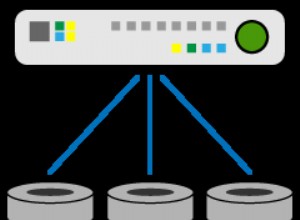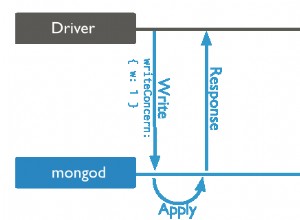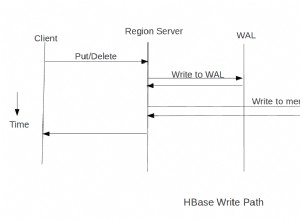Chociaż z pewnością poleciłbym to zrobić po stronie klienta, a nie wewnątrz MongoDB, oto jak możesz uzyskać to, czego chcesz - dość brutalna siła, ale działająca:
db.collection.aggregate([
// you should add a $sort stage here to make sure you get the right indexes
{
$group: {
_id: null, // group all documents into the same bucket
docs: { $push: "$$ROOT" } // just to create an array of all documents
}
}, {
$project: {
docs: { // transform the "docs" field
$map: { // into something
input: { $range: [ 0, { $size: "$docs" } ] }, // an array from 0 to n - 1 where n is the number of documents
as: "this", // which shall be accessible using "$$this"
in: {
$mergeObjects: [ // we join two documents
{ $arrayElemAt: [ "$docs", "$$this" ] }, // one is the nth document in our "docs" array
{ "index": { $concat: [ 'INV-00', { $substr: [ { $add: [ "$$this", 1 ] }, 0, -1 ] } ] } } // and the second document is the one with our "index" field
]
}
}
}
}
}, {
$unwind: "$docs" // flatten the result structure
}, {
$replaceRoot: {
newRoot: "$docs" // restore the original document structure
}
}])




